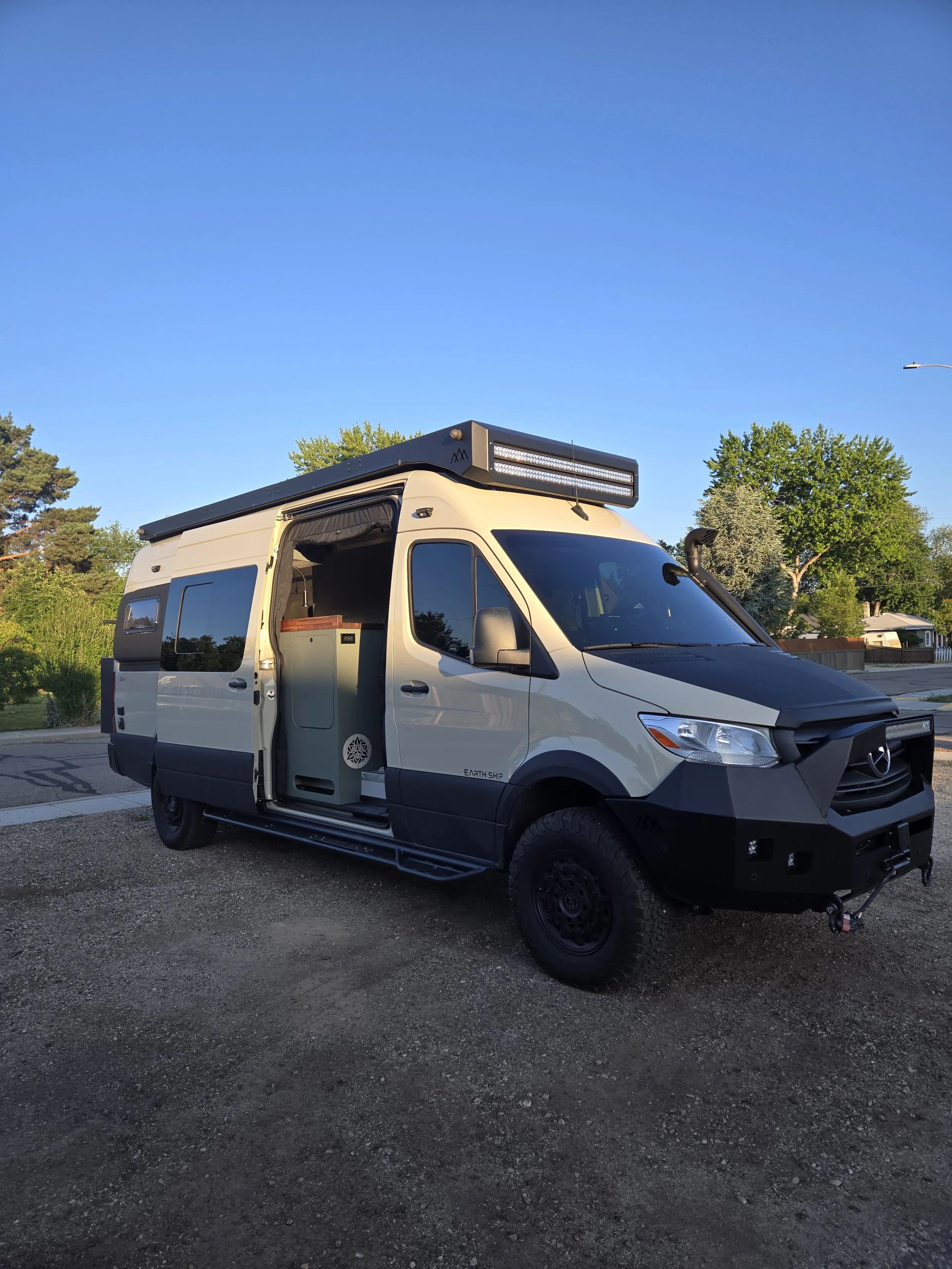Troubleshooting an Espar Hydronic Heater: Lessons from a Sprinter Earthship 170
We had a Sprinter Earthship 170 in the shop recently with a hydronic heating issue — and this one was a bit of a head-scratcher.
This van is outfitted with radiant heated floors powered by an Espar hydronic heater. The customer brought it in reporting that the unit was throwing an H1 error code, which typically indicates an issue with either air intake or fuel supply.
Long Fuel Lines: A Common Culprit
Our first instinct? Fuel supply. And sure enough, that’s exactly where the problem led us. In this particular 170" wheelbase Sprinter, the heater had been installed all the way at the rear of the vehicle — just behind the rear quarter panel. That means the fuel line from the tank to the heater ran nearly 17 feet.
That's a problem.
These small Espar fuel pumps are not designed to pull fuel efficiently over such a long distance. Even if they work temporarily, long lines lose their prime quickly, sometimes after just a couple of days of sitting idle. That makes it harder for the heater to fire up and adds strain to the pump, potentially shortening its lifespan.
What We Tried (and What Didn’t Work)
We started with a basic diagnostic — checked all connections, snugged up a few loose ones — but the H1 error persisted.
In our experience, when these heaters are mounted far back in the van, and the install relies on the factory auxiliary fuel port, that port often turns out to be the wrong size. It’s oversized for what these heaters actually need. The fuel draw is too weak, and combined with long fuel lines, it’s a recipe for consistent failure.
The Fix: Drop the Tank and Do It Right
So, what did we do?
We dropped the fuel tank and modified the setup to include the proper standpipe, which is designed specifically for these small, efficient heater units. Drilling into the fuel sending unit and installing the correct standpipe allows the pump to get a reliable, consistent fuel supply — even over longer distances (though shorter lines are always better).
Key Takeaways
Keep your fuel lines short: The shorter, the better. Long runs can cause the system to lose prime and stress the pump.
Use the right parts: Factory auxiliary ports are often not sized appropriately for hydronic heaters.
Proper installation matters: A well-placed heater and the right standpipe can save you from major headaches down the road.
If you're planning a DIY install of a hydronic heating system or running into issues like this, it’s worth consulting with professionals who’ve been under the hood of a few of these setups. Doing it right the first time makes all the difference when you’re out chasing warmth and adventure.
